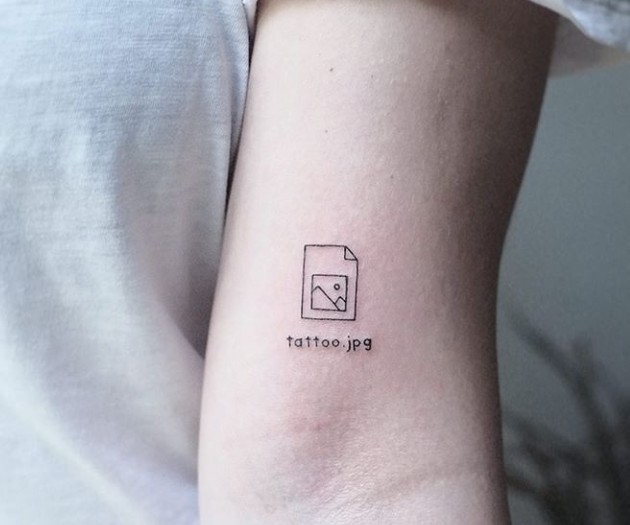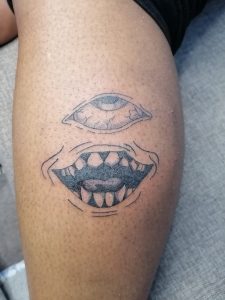
By: Rethabile Tsephe
The summer heat surely makes one thing obvious and it’s the inevitable reveal of the skin, it’s the level to which body art is being celebrated. At the poolside, the beer garden party. Whatever the case, you’ll find an interesting number of diverse designs inked on the skin representing the emotions or feelings of human creativity. A good number of people in Lesotho & and abroad have at least one tattoo, and that number is likely to grow. The cynics may challenge that the increased uptake is a superficial fad, based primarily on the aesthetic appeal of tattoos.
Ethnographic and historical texts reveal that tattooing has been in practice by just about every human culture in history. In The period of ancient Greeks, tattoos from the 5th century were used to communicate among spies, further, the Romans marked criminals and slaves with tattoos. [1] In Japan, criminals were tattooed with a single line across their forehead for the first offense; for the second offense an arch was added, and finally, for the third offense, another line was tattooed which completed the symbol for “dog”: the original three strikes and you’re out! Evidence suggests that the Maya, Inca, and Aztec used tattooing in rituals and that the early Britons used tattoos in certain ceremonies. The Danes, Norse, and Saxons are known to have tattooed family crests onto their bodies. During the Crusades, some Europeans tattooed a cross on their hands or arms to mark their participation and indicate their desire for a Christian burial should they not return.
The History Of African Tattoos
In the yesteryears of Africa, [2] tattoos were a solution for curing diseases, protecting against spirits, A symbol of affiliation towards certain groups/tribes, and a reflection of personality traits such as bravery, courage, and social status. These tattoos were pretty simple in design. The tattoos consisted of pairs of straight lines on the arms and legs of the priestess and also included an elliptical pattern beneath the navel (belly button) area.
The oldest tattoo ever found was on an Egyptian mummy around 2000 BCE. Apart from this discovery, various other mummified tattoo examples have been revealed and documented. One Egyptologist believes these tattoos could have symbolized and represented rejuvenation and fertility in women. However, a number of male tattoo-baring mummies have been discovered in Egypt and in other African countries such as Libya, what’s interesting is that some of these tattoos looked as though they were established in order to reveal commitment and devotion to sun worship. In fact, excavations of the tomb of Seti uncovered the bodies of men with tattoos that are predicted to symbolize Neith, the goddess who fiercely led many warriors into battle. These examples date back to around 1300 BC.
Africa is considered the “cradle of humankind”. The symbolism of tattoos fulfilled the function of symbolizing social hierarchy and kinship, to some extent, praying for blessings. For these reasons, the symbols were used for decoration purposes, which is akin to modern tattoo culture.
Modern World
The acceptance of tattoos has increased in society as both Men and women have taken ownership of their bodies and chosen to decorate them with ink. Part of History, suggests that women who got tattoos were considered to be rebels or outcasts, but long gone are those days. In recent years, a shift in societal norms took place and tattoos are now considered a form of self-expression. A good number of women are getting tattoos and the designs they choose are becoming increasingly intricate and creative.

I am of the opinion that there is no right or wrong answer to the question of why women get tattoos, but there are a few possible explanations. Some women find that it’s easier to express themselves from tattoos, while others may see them as an artistic form of self-expression.
The Arts have taken the world by storm and perhaps it’s not a bad idea for society to keep an open mind and accept that tattoos aren’t so bad.







Leave Your Comment